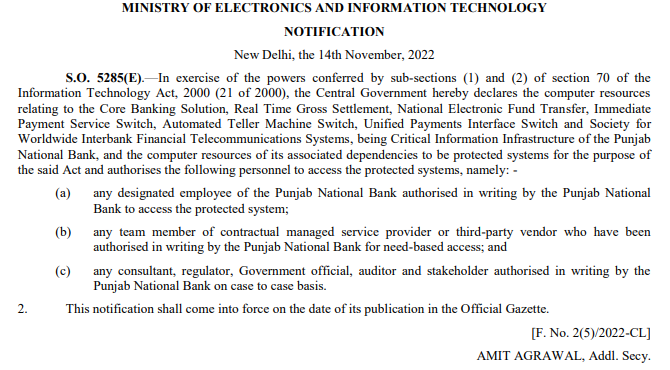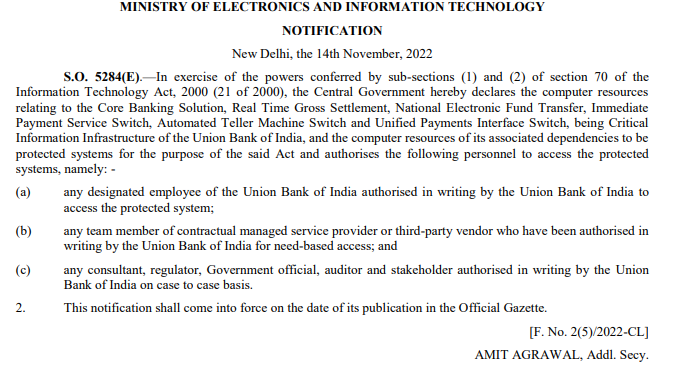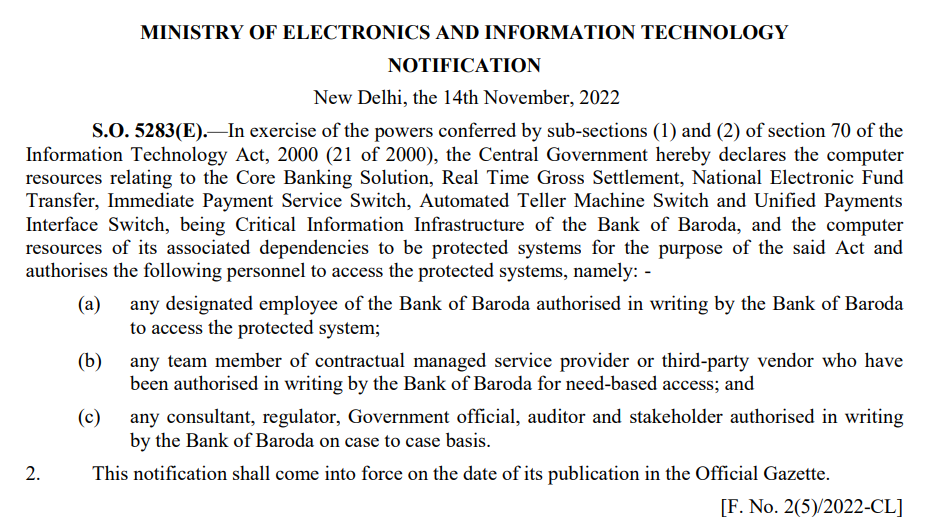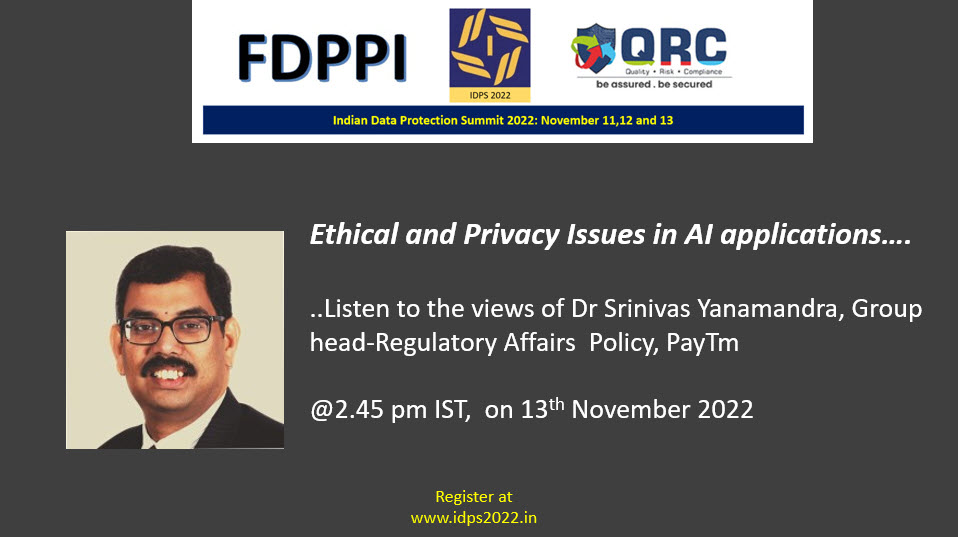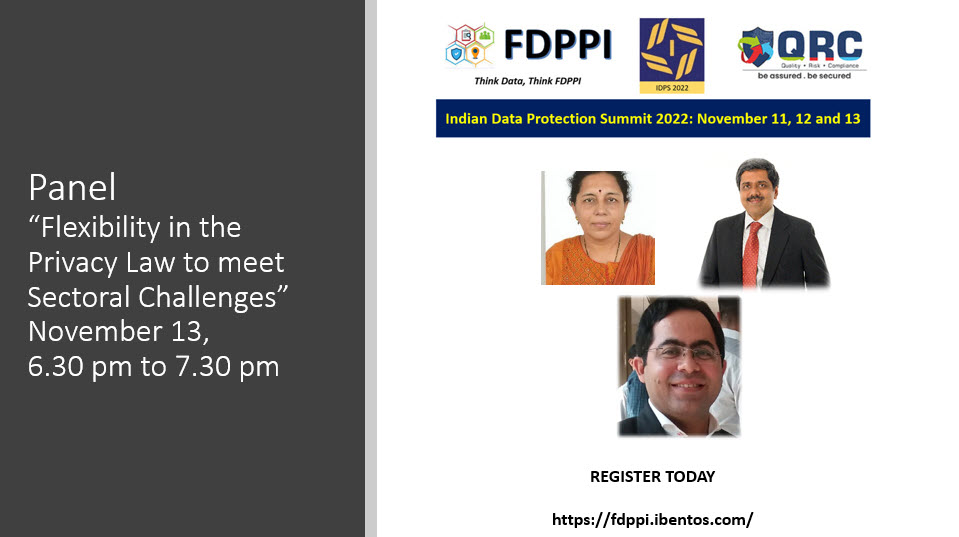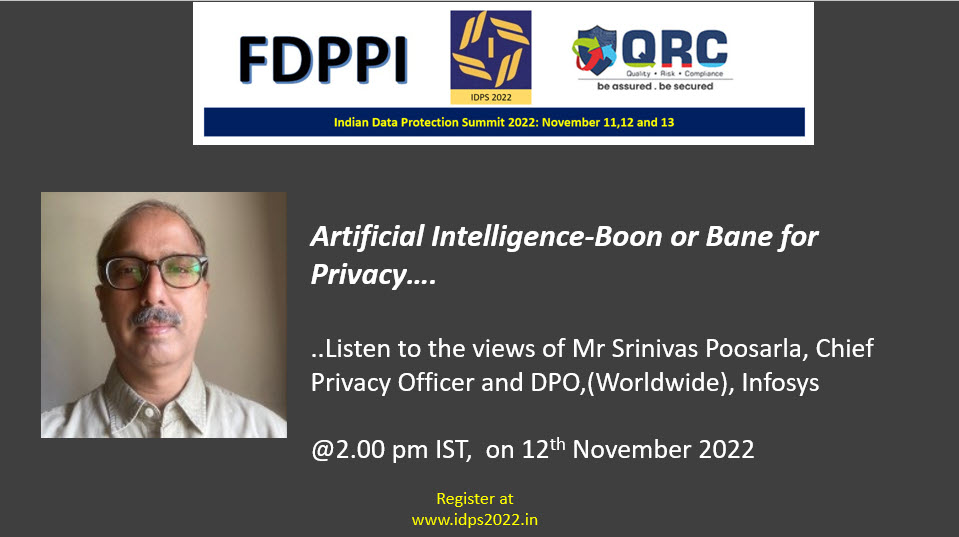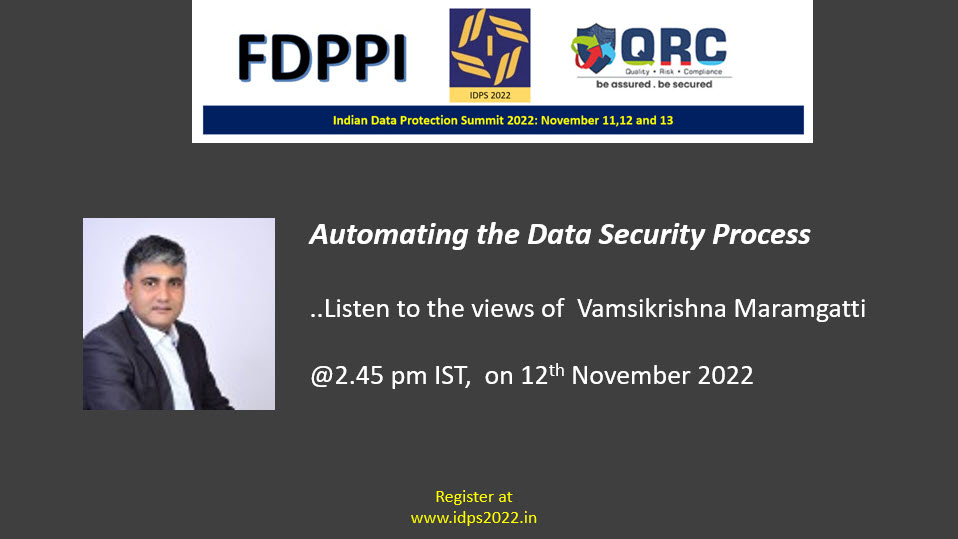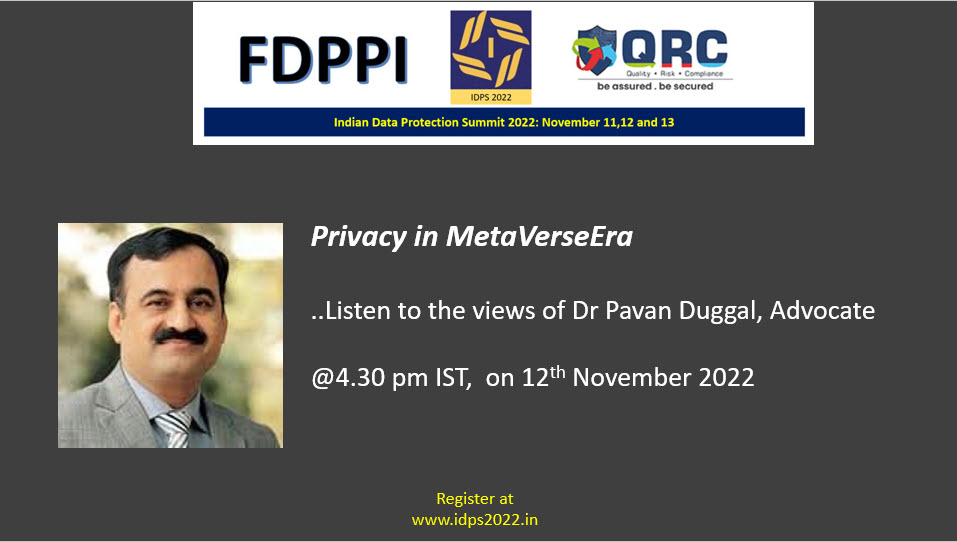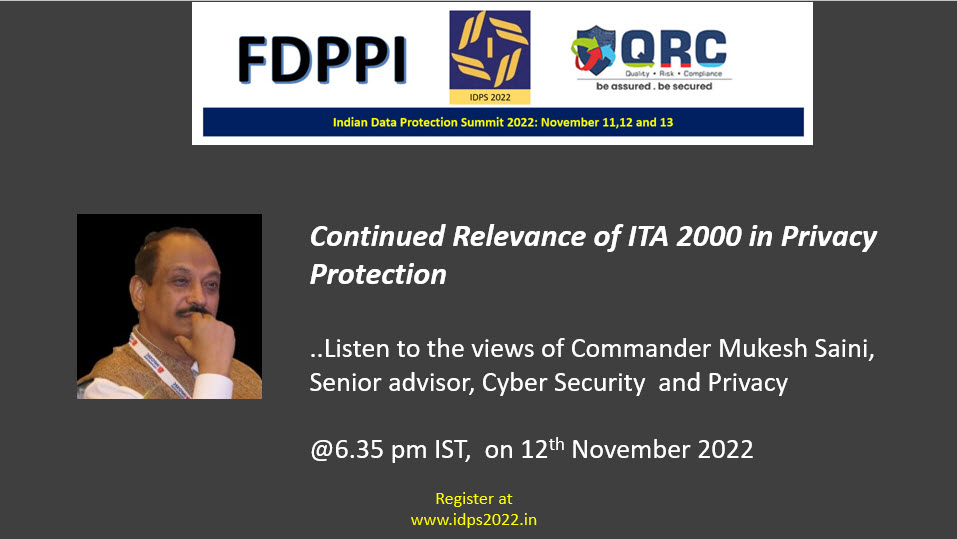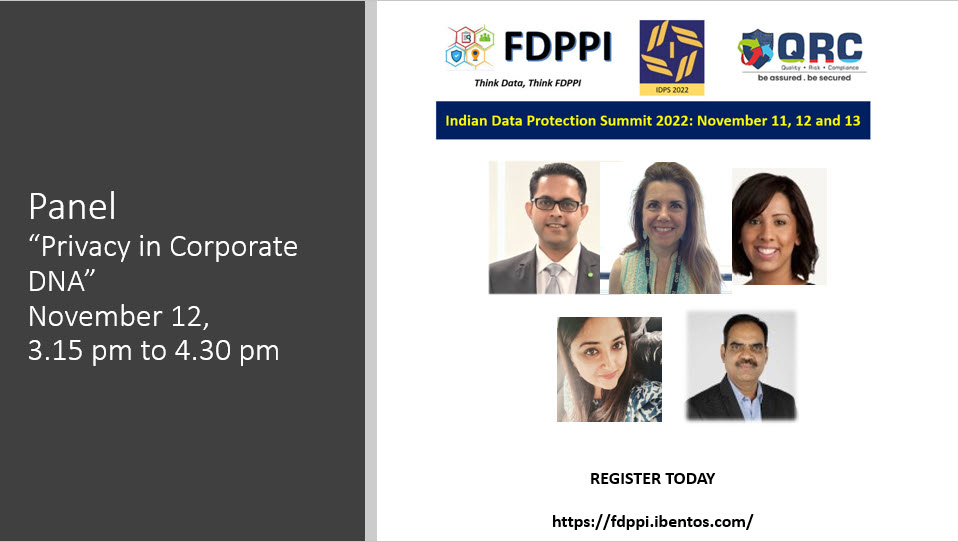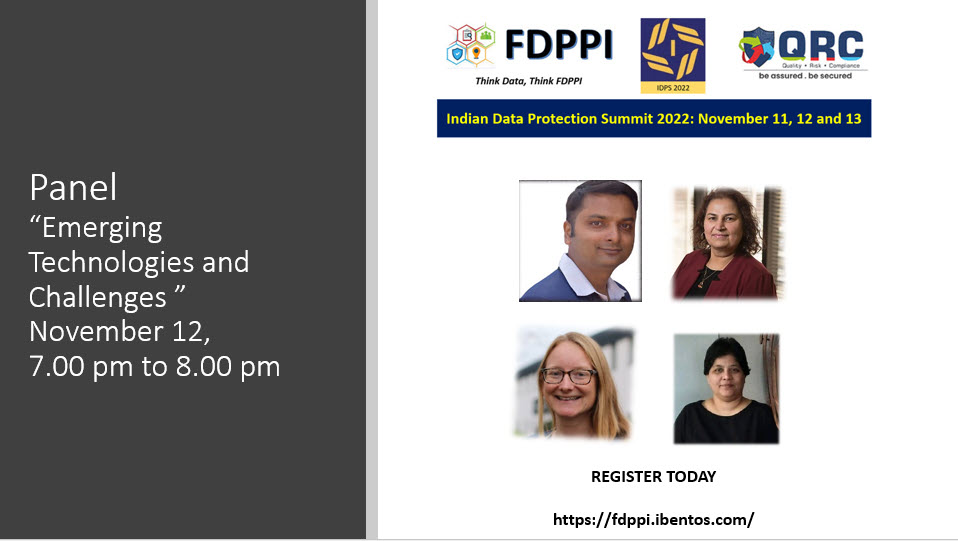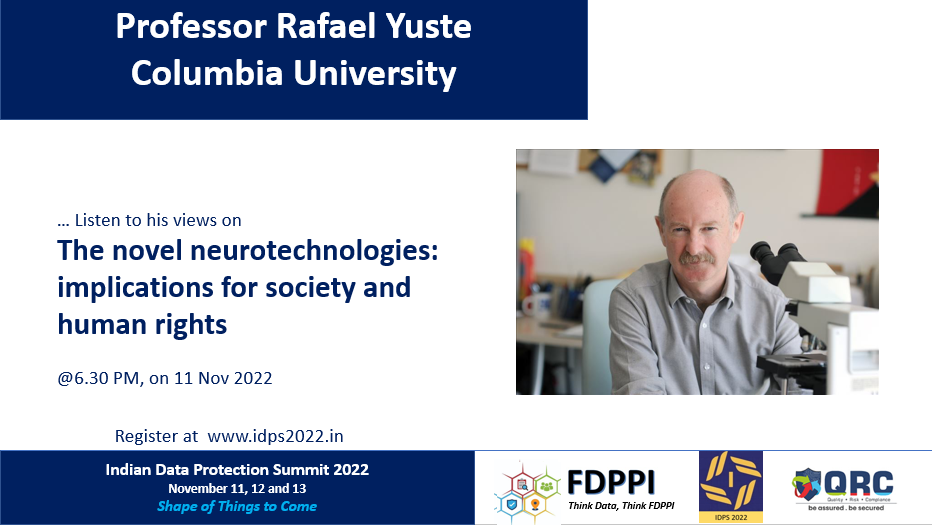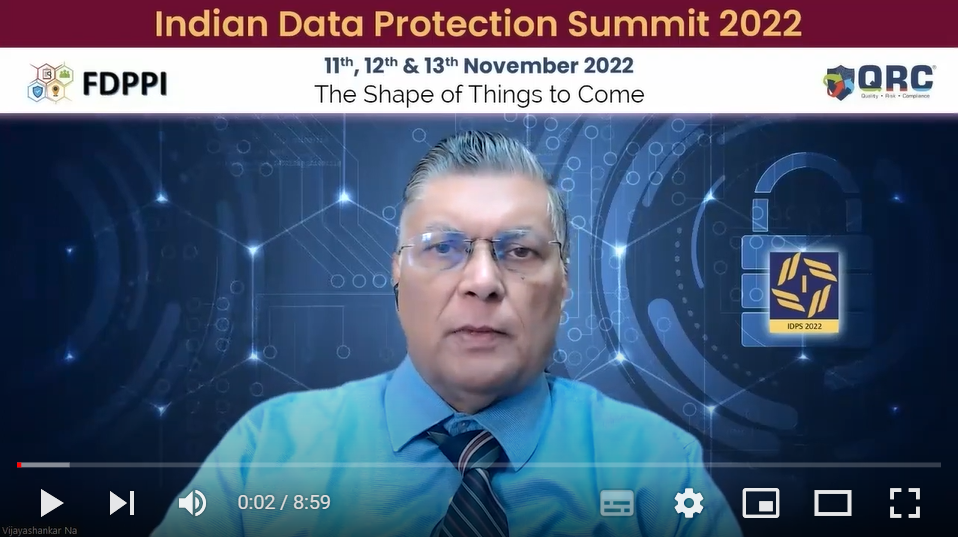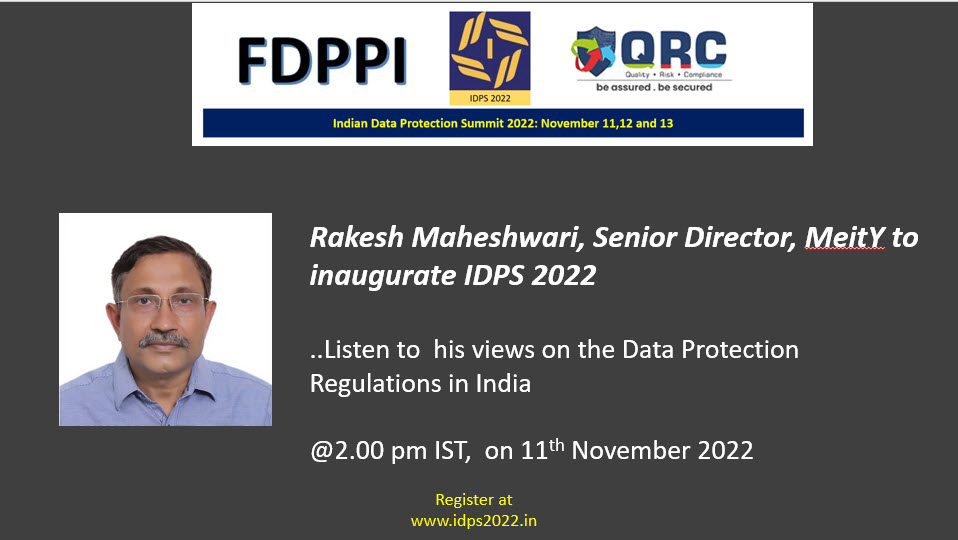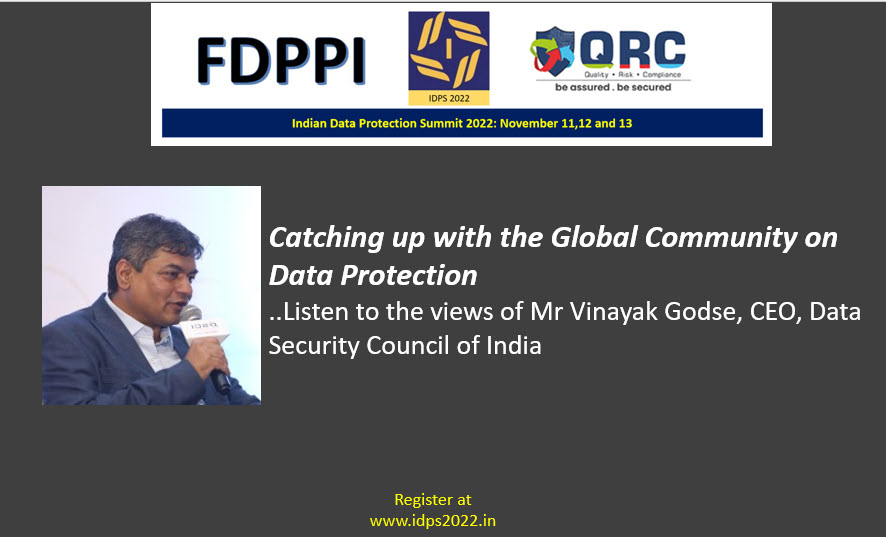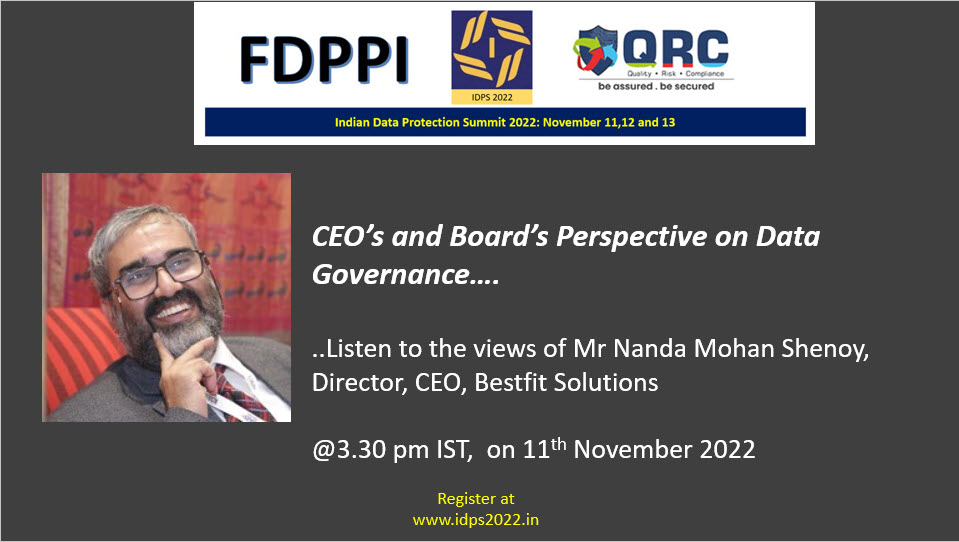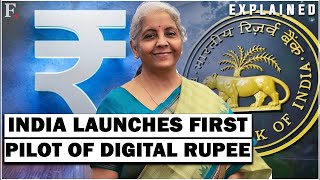
The introduction of CBDC (Central Bank Digital Currency) by RBI has been perplexing to many.
The reason is that India has developed a functional system of virtual currency system with mobile payments. For all practical purpose, “Mobile” is our digital wallet and we make both small retail payments and large RTGS payments just through our handheld device.
Despite the concern of security through viruses and phishing, the system appears to be running more smoothly than any other country in the world could think of. Hence the need for CBDC is itself perplexing.
CBDC is going to be issued directly by RBI as identifiable tokenized secure electronic documents from a secure server. Each token will be identifiable with a serial number and distributed to the Bankers who may there after distribute it to the retail market.
In this system there is no “Mining” and also there is no possibility of any premium like what Bitcoin type of Crypto’s are generating today. It is not the decentralized Crypto currency system that dominates the alternate digital currency system in the world. It is not likely to use Blockchain technology in the creation of CBDCs while the distributors may opt to use Block chain technology for their services.
If so, what is the advantage of introducing this new system is what we need to decypher.
At present RBI is likely to issue only CBDC-W which is a wholesale product to be used concurrently with the current account ledger they maintain now with the Banks. This is just a method to establish the system and notionally create a stock of CBDCs in India.
CBDC-R is not immediately being released and hence the public are unlikely to have access to the CBDC. If free Public access to CBDC-R is to be enabled, it needs a fool proof/ infallible system where public can view the attributes of the token but not able to tamper with it. They should also be able to hold control/possession which they can transfer to another person.
This requires development of the “Wallet” system similar to what is used in the Crypto Wallet system but have to be managed by “Authorized CBDC Banks”.
In Bank operated wallets transactions move from one wallet to another both maintained by Banks and hence cannot guarantee anonymity of the transactions.
If the Government permits “Hardware Wallets”, then public can hold their stock of CBDCs in the physically held hardware devices which can be a USB device or a wireless enabled device in the form of a “Card”. The contents of the device should be viewable and the owner should be able to take out or place in tokens as if he is taking money out of his purse or putting it in. Ideally the view should be embedded in the device or it should be through the mobile device with its own security implications.
These devices need to be secured so that there is no backdoor in the OEM that can steal money right from your hardware wallet. They should also be convenient to use. If they are stolen, there should be some mechanism to restore the money from a back up.
While these devices are an exciting proposition for the business to create, once they become available, they will also be instruments to keep black money and continue the parallel economy without hindrance.
I hope RBI will remember that it is important to prevent raise of digital black money since it is more dangerous than the current black money system where criminals need to physically store large amount of black money.
Since ordinary users will not feel the need for the CBDC-R to replace the UPI system they are getting accustomed to, the need for CBDC-R to be introduced is at present very low and can be deferred as long as necessary.
On the other hand CBDC-W can be extended to Exporters and Importers on demand like the release of Foreign Exchange in the current system.
The real benefit of creating the CBDC as a monetary unit would be that India can join a consortium of countries with their own CBDCs and create a system of international settlement outside the purview of the US dollar dominated systems at present. This will protect India from any future sanctions that US may impose the way they tried to monetarily strangle Russia during the Ukraine conflict.
Liberation from the hegemony of the US financial system on the Indian foreign exchange transactions appear to be the real benefit of the creation of CBDT. As more and more countries join hands in this new system, there will be a new economic order in the world.
Presently 10 countries have reportedly fully launched CBDCs, while a total of 105 countries are exploring the possibilities. 50 countries are said to be in advanced phase of exploration. China pilot is expected to expand in 2023. South Korea, Japan and Russia are in exploration stage like India. ( Refer CBDC Tracker here)
It is expected that the introduction of CBDC as a concept will accelerate in future and it appears that RBI has taken the right decision to segregate the CBDC-W and CBDC-R. This will enable introduction of CBDC in to the monetary system without opening up the flood gates of retail participation which may come initially only from black money hoarders and a few technology adventurists.
If CBDC-R has to be introduced, I would advocate the introduction of an interest bearing CBDC even if the interest is marginal like 1% or 2%. It will be a sovereign guaranteed investment that may attract investments from abroad. The SB rates of Banks are today higher and hence there is no danger of cannibalization of Bank deposits because of the interest. This will act as an incentivisation for people to convert their idle cash balance to CBDC.
RBI can also consider other innovations to make CBDC-R relevant. Otherwise it will only be a facilitation of Black money holding and is an un necessary instrument in the Indian society.
Let us observe the developments. This could be a serious disruption of the world economic order and India needs to take early charge of the developments.
(Comments are welcome)
Naavi

